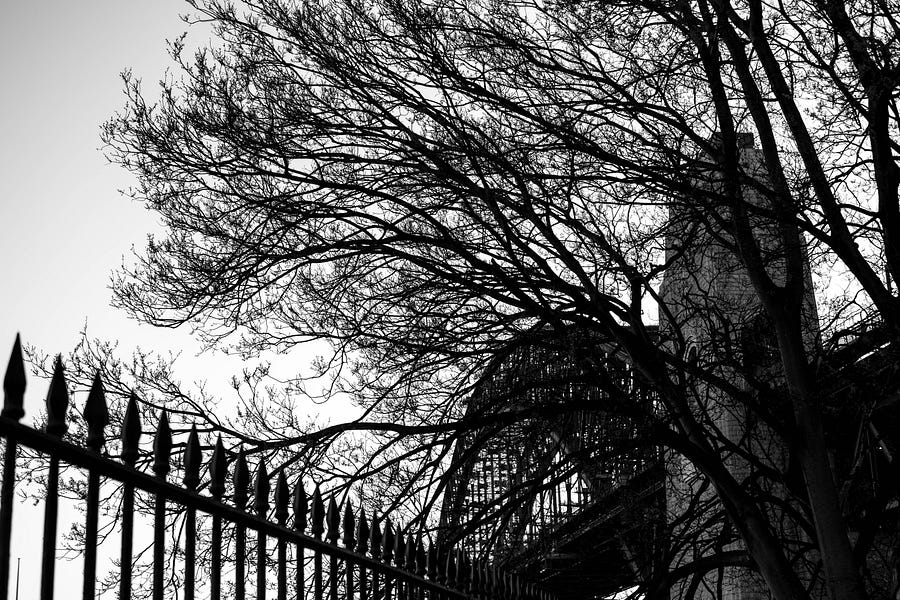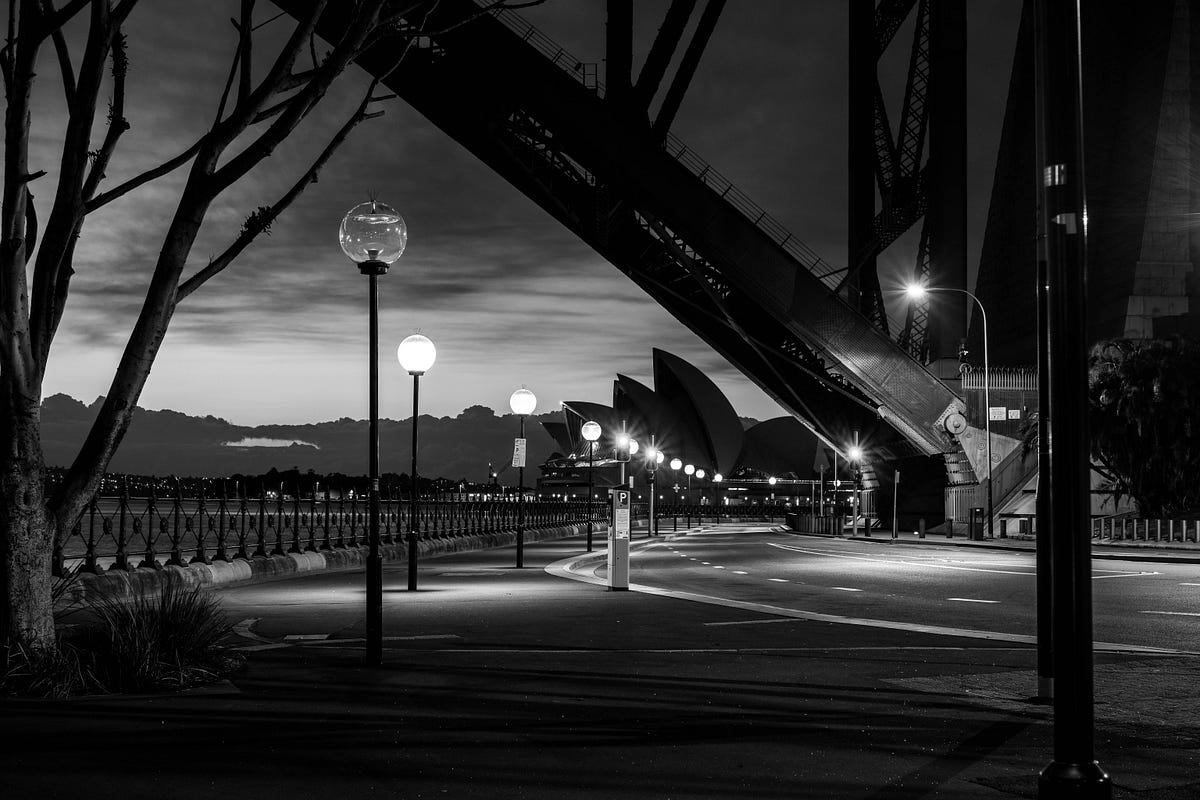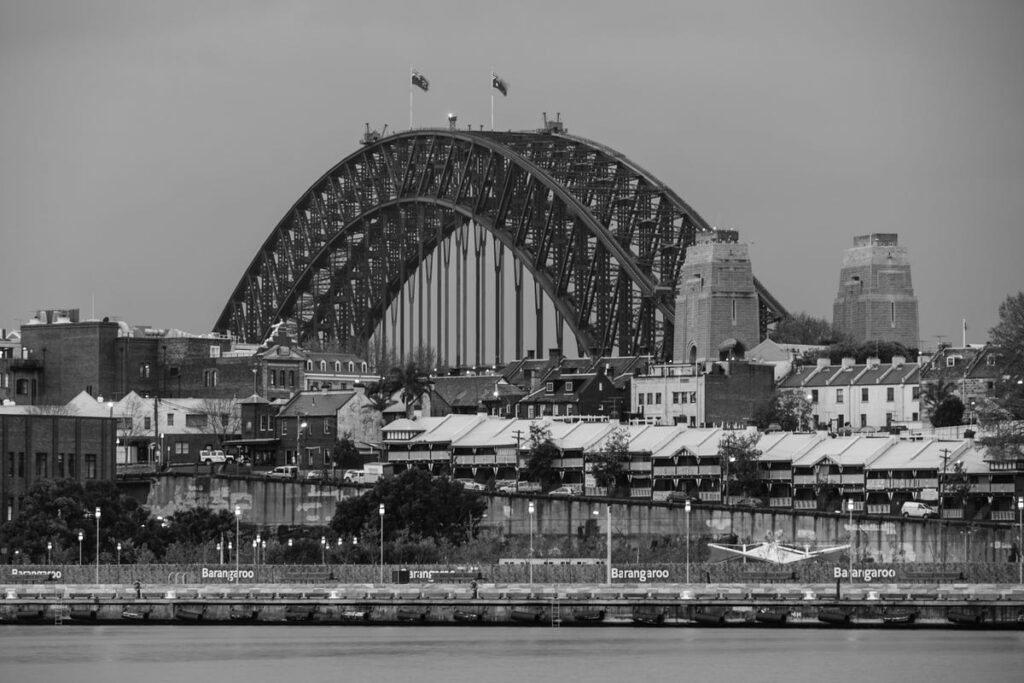Written by John Stapleton. Photography by Tim Ritchie.
There is no more historic, more superbly located or visually rich part of Sydney than The Rocks.
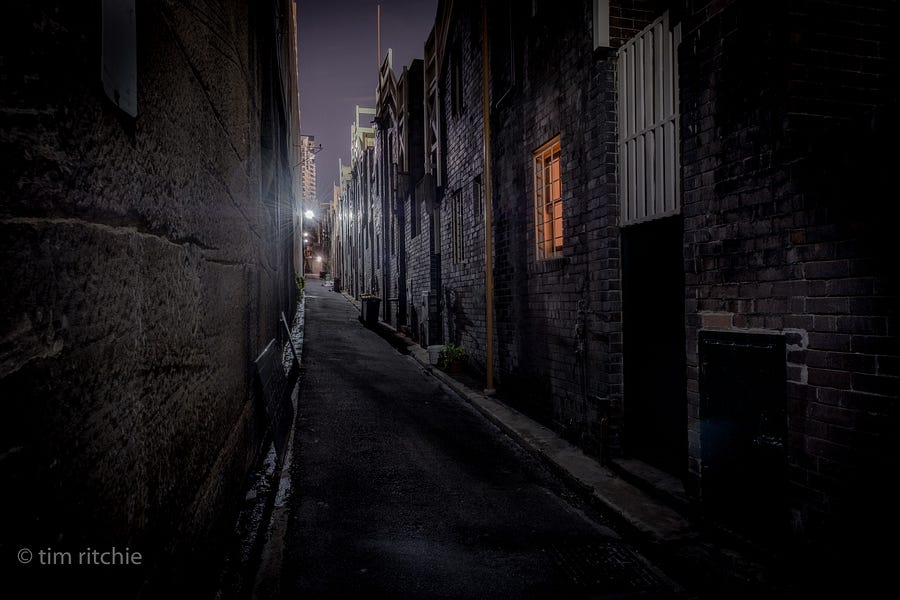
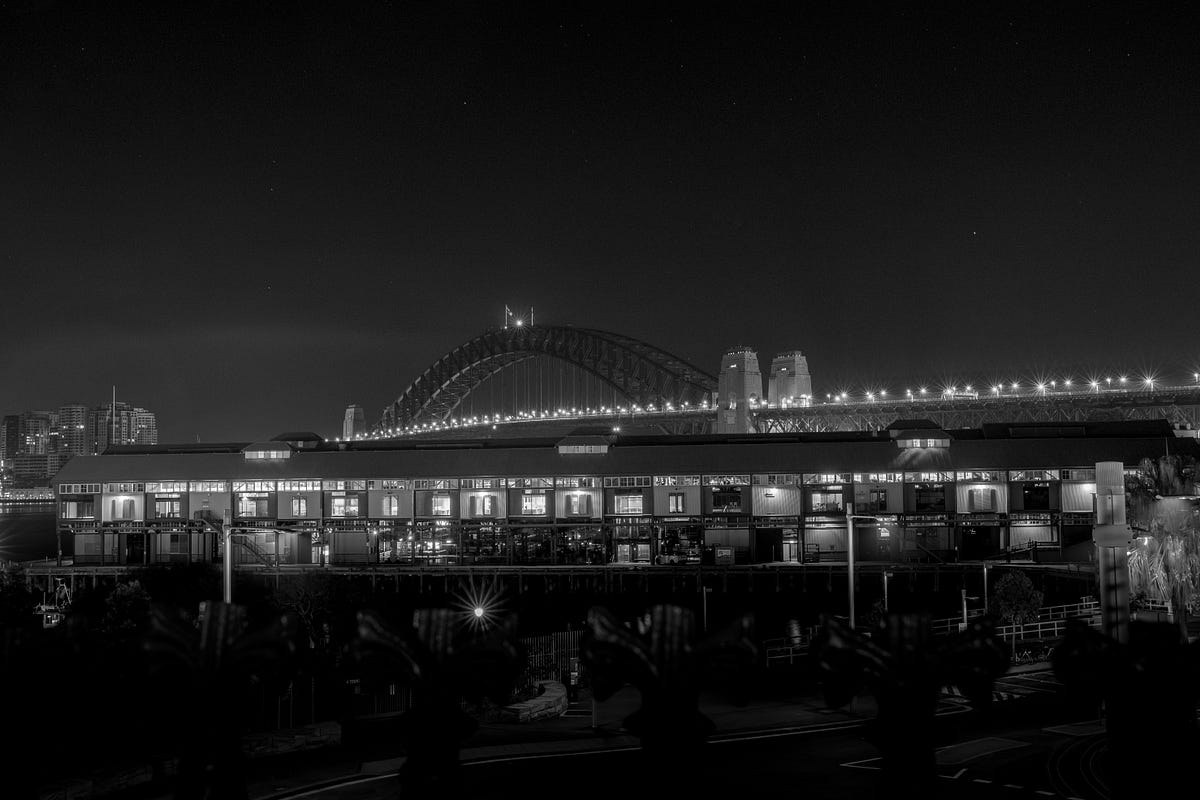
The Meaning of Life: A View is Everything
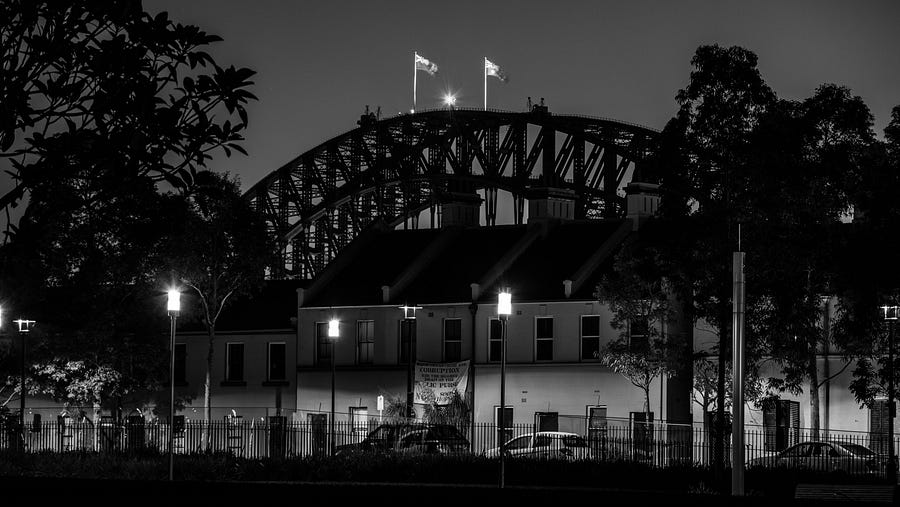
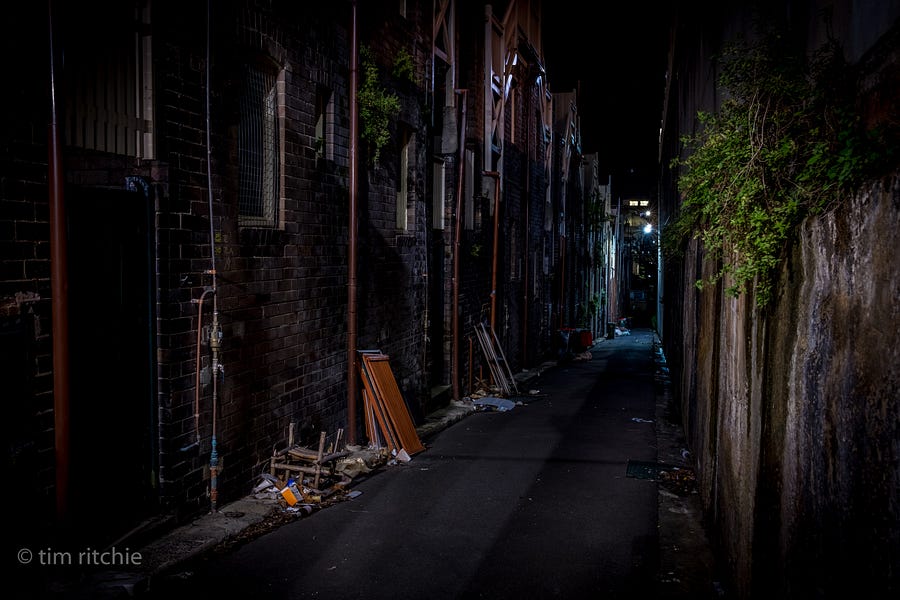
“In the last two years alone, nearly $7 million has been spent maintaining this small number of properties. That money could have been better spent on building more social housing, or investing in the maintenance of public housing properties across the state.”
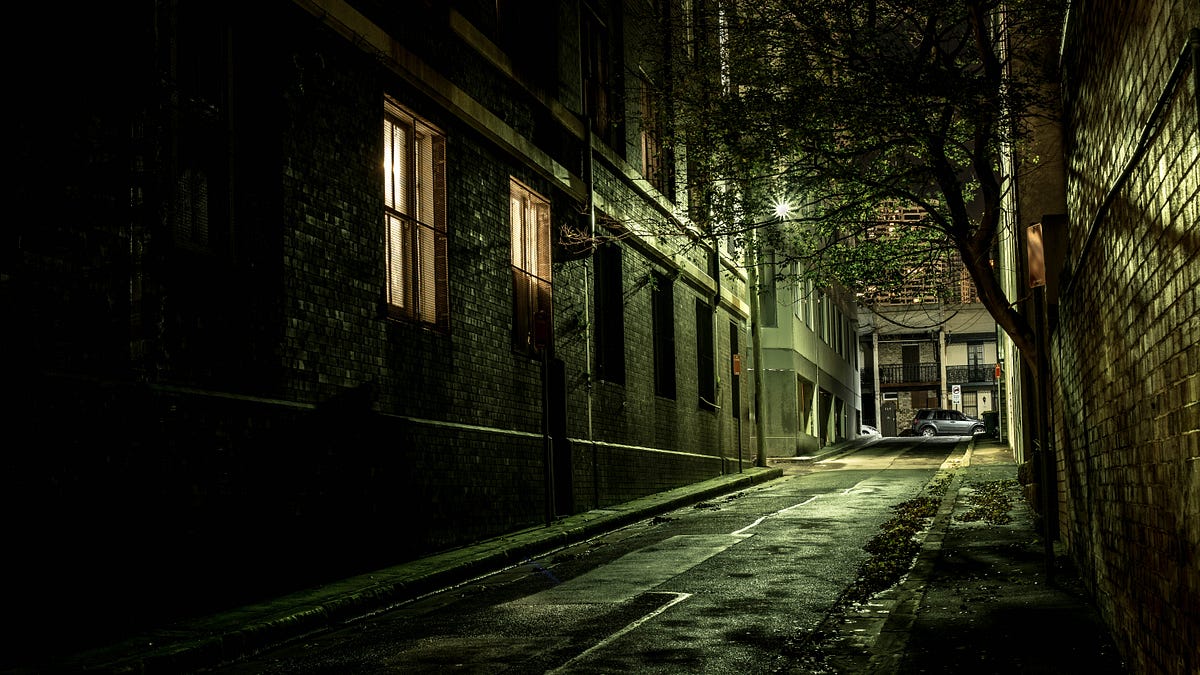
The Hungry Mile
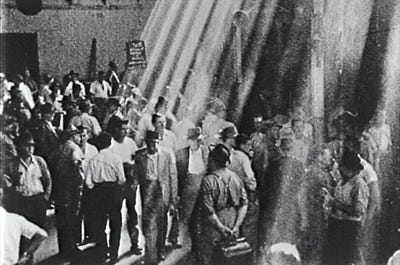
May never know the pinch of want nor feel the misery blind;
That makes the live, of men a hell in those conditions vile;
That are the hopeless lot of those who tramp the hungry mile.
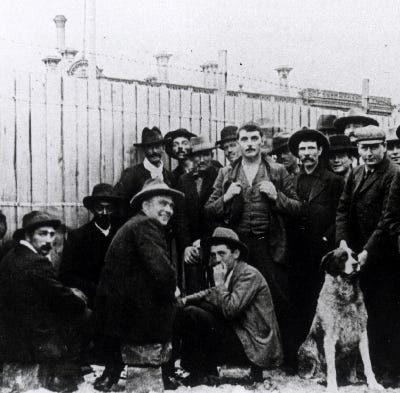
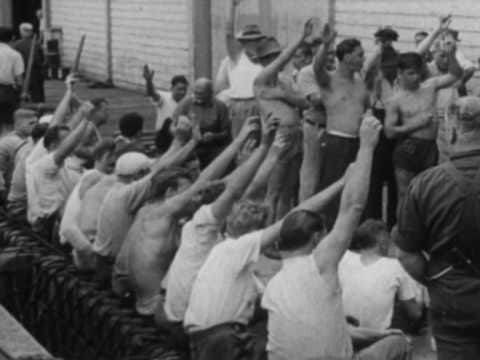
The master’s, face shall show the fear he hides, behind his smile,
Of these his slaves, who on that day shall storm the hungry mile.
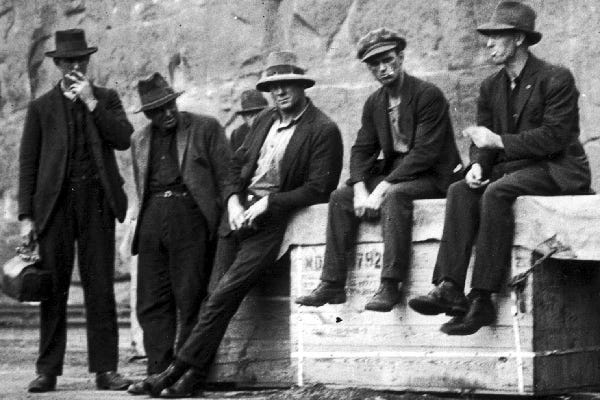
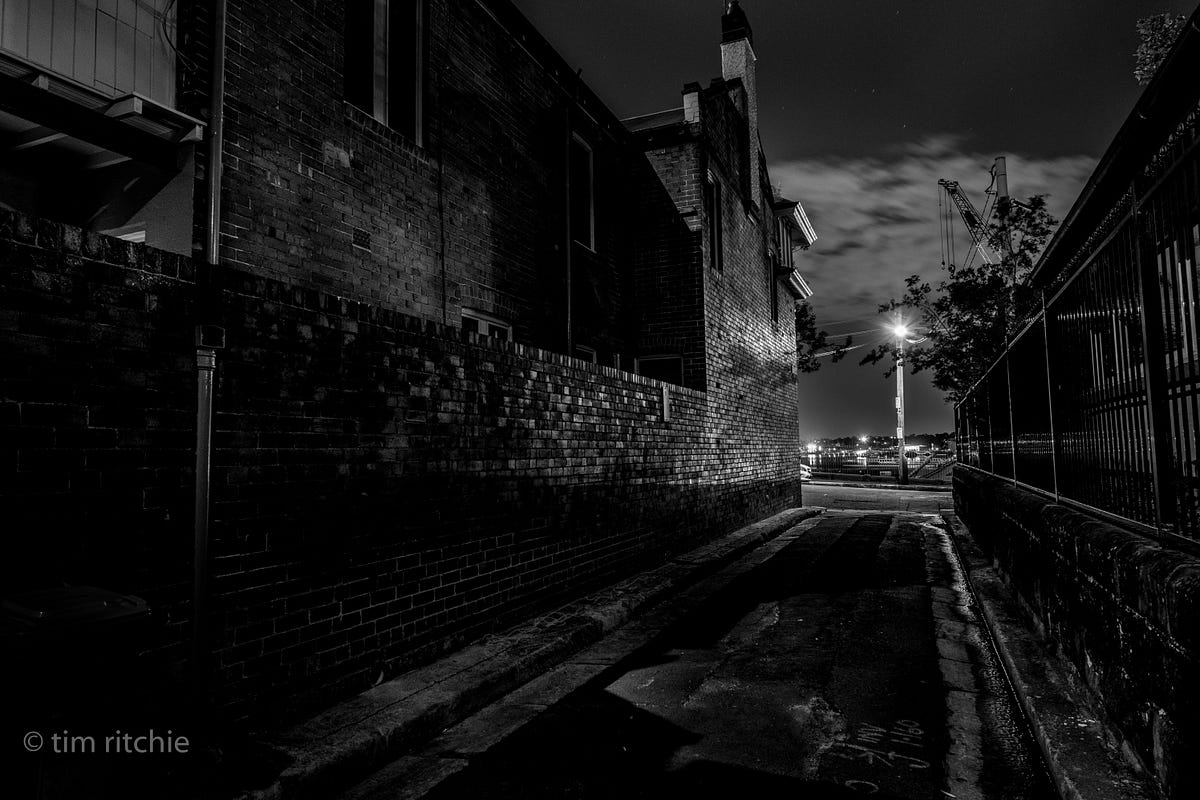
The Visitation: State Generated Chaos
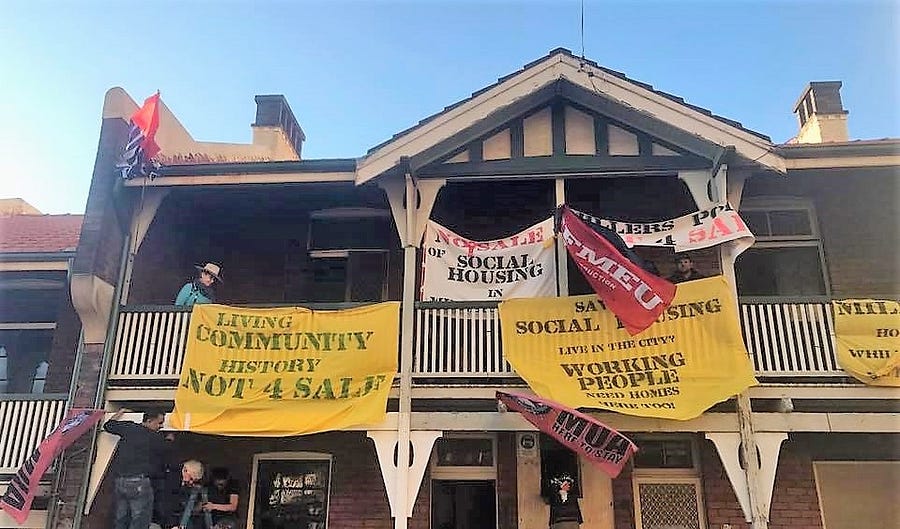
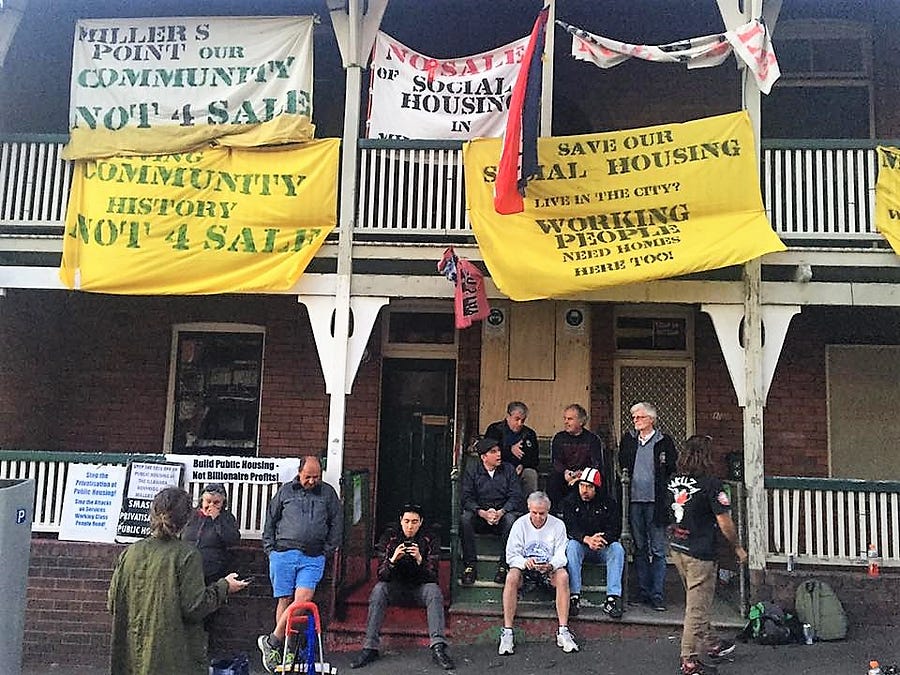
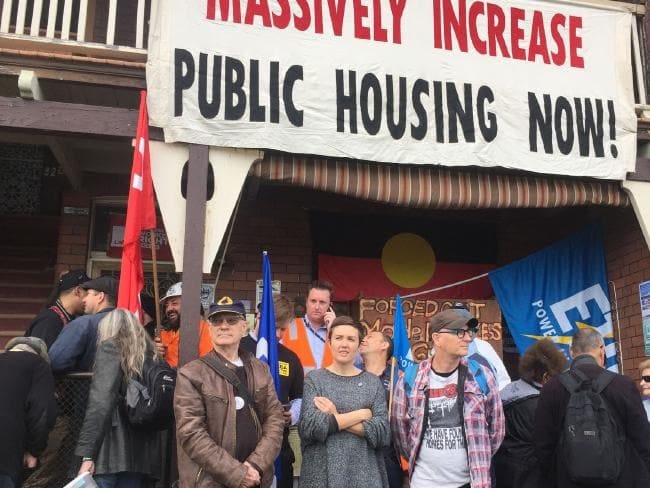
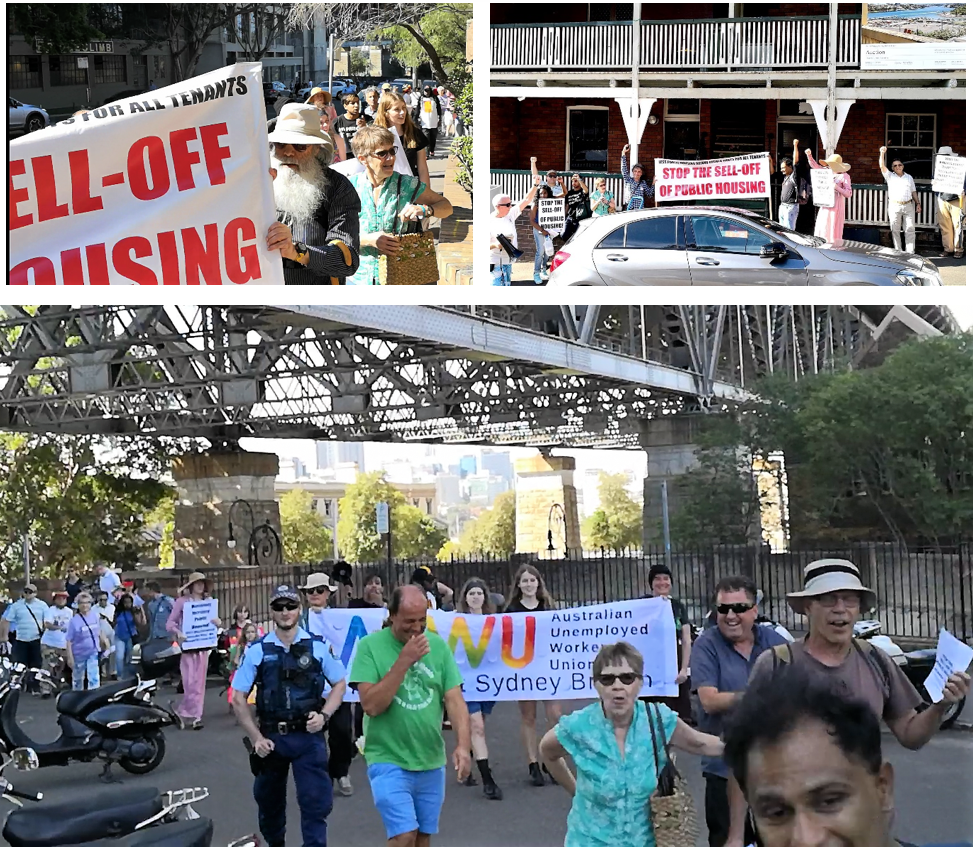
Eradicating Memories
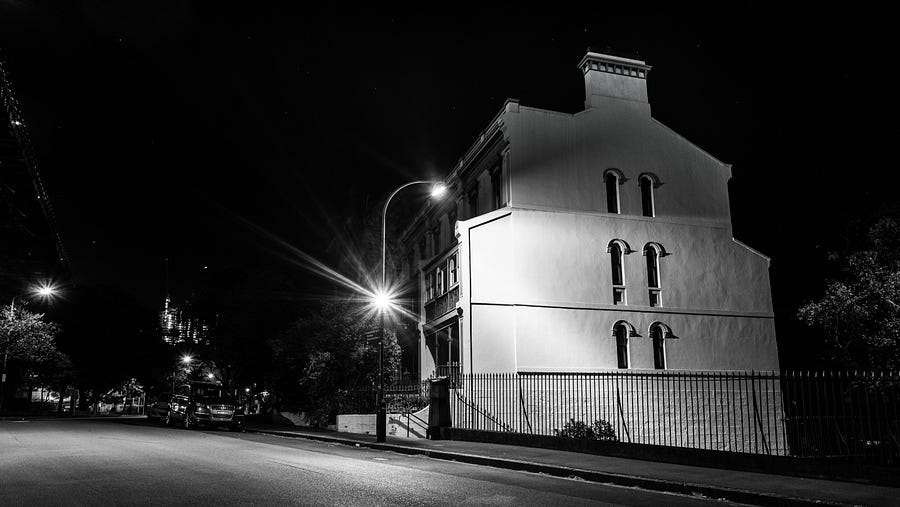
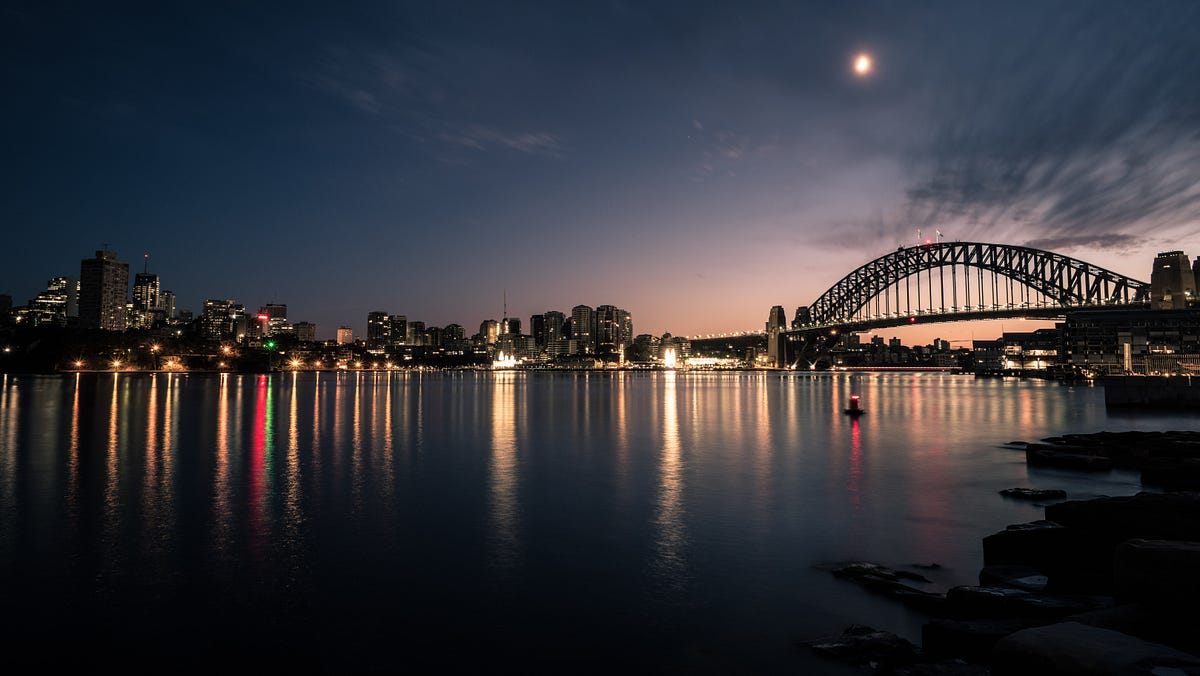
“Everyone had their hotel, but no one used to be exclusive because they knew their mates would be at a different pub at a different time.”
“I reckon to move from here, after 50 odd years in Millers Point, will just about see the end of me.”
“Boxing Day we used to take over Kent Street, we didn’t ask permission, we’d block off one end all the way up to where the Bridge is now, and we used to play cricket games.”
“My five children have fond memories of growing up here.”
The Sirius Building
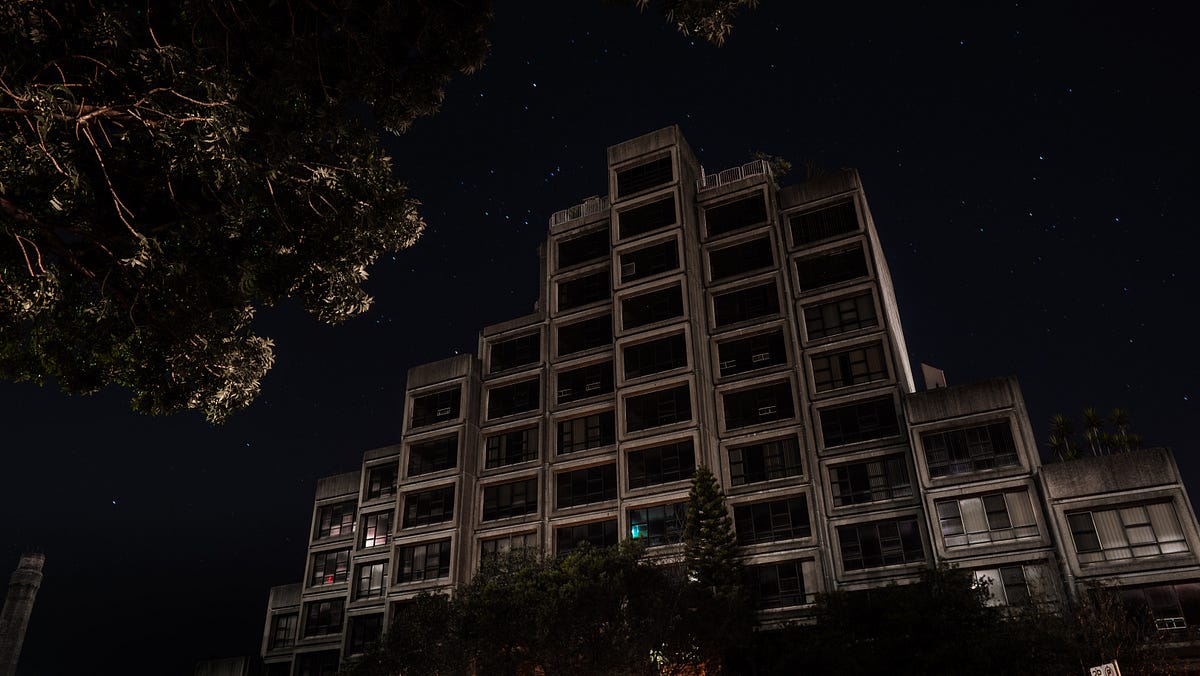
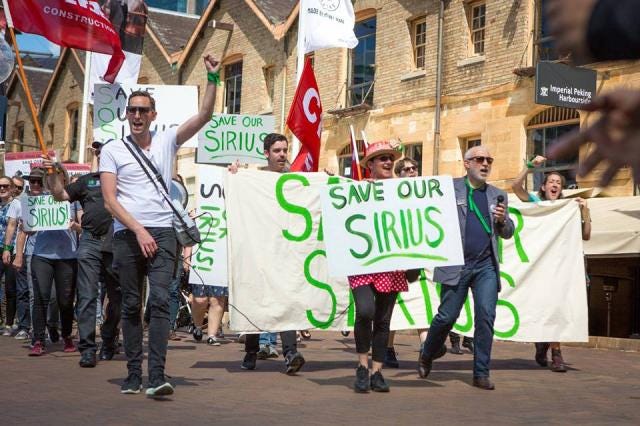
It is on the run to ruin that finally Sirius is telling its story most loudly. The empty shell of a building points to the failure of its 70s dream that even public and low cost housing should have a city water view.
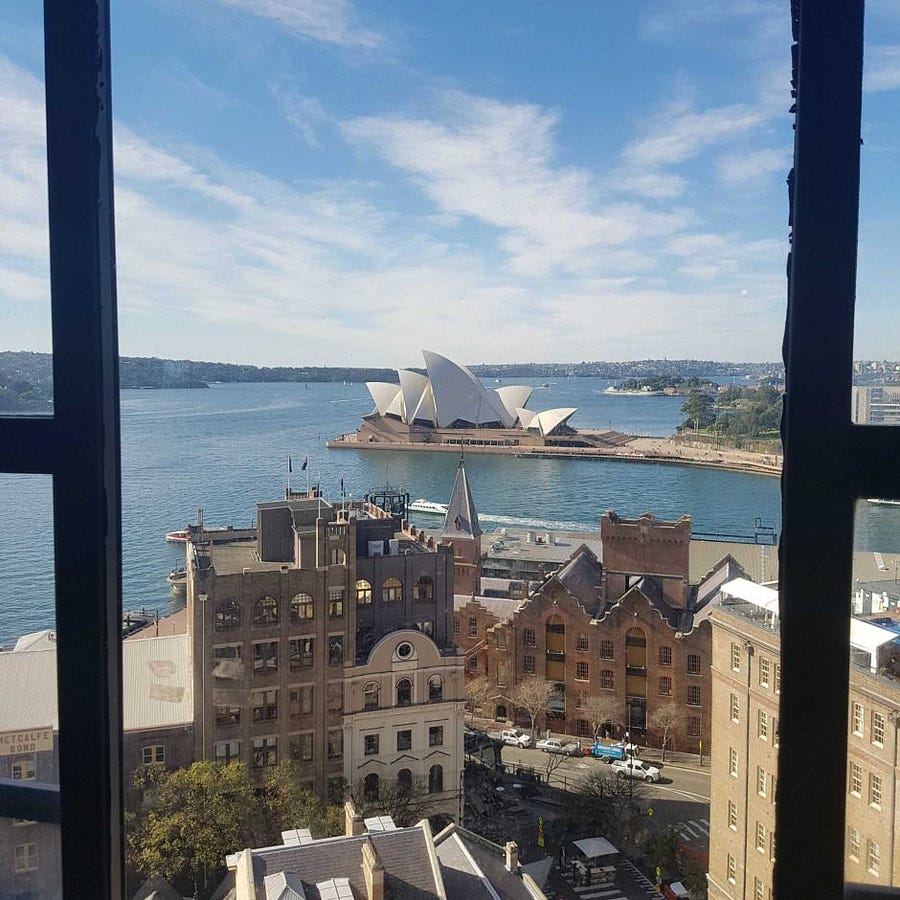
Ruined space is ripe with transgressive and transcendent possibilities… They offer opportunities for challenging and deconstructing the imprint of power on the city. Tim Edensor.
There is a real generosity of spirit in this building, it is respectful of the residents’ original suggestions and it is built to the highest quality. Many in the architectural fraternity mark this period as the last when the architect, rather than the developer, led the project.
Many of the original residents of the Sirius would not have had, even beside the harbour views, any of its comforts before — from modern plumbing to new kitchens.
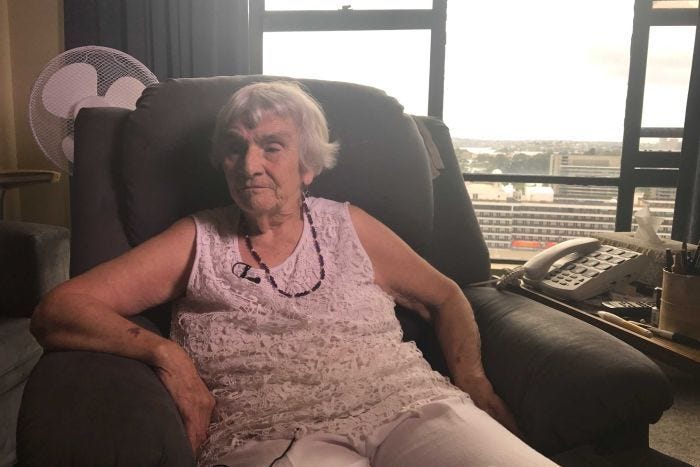
“It’s so ridiculous, I don’t know who they think they are. They say they need the money — they need the money like a hole in the head.”
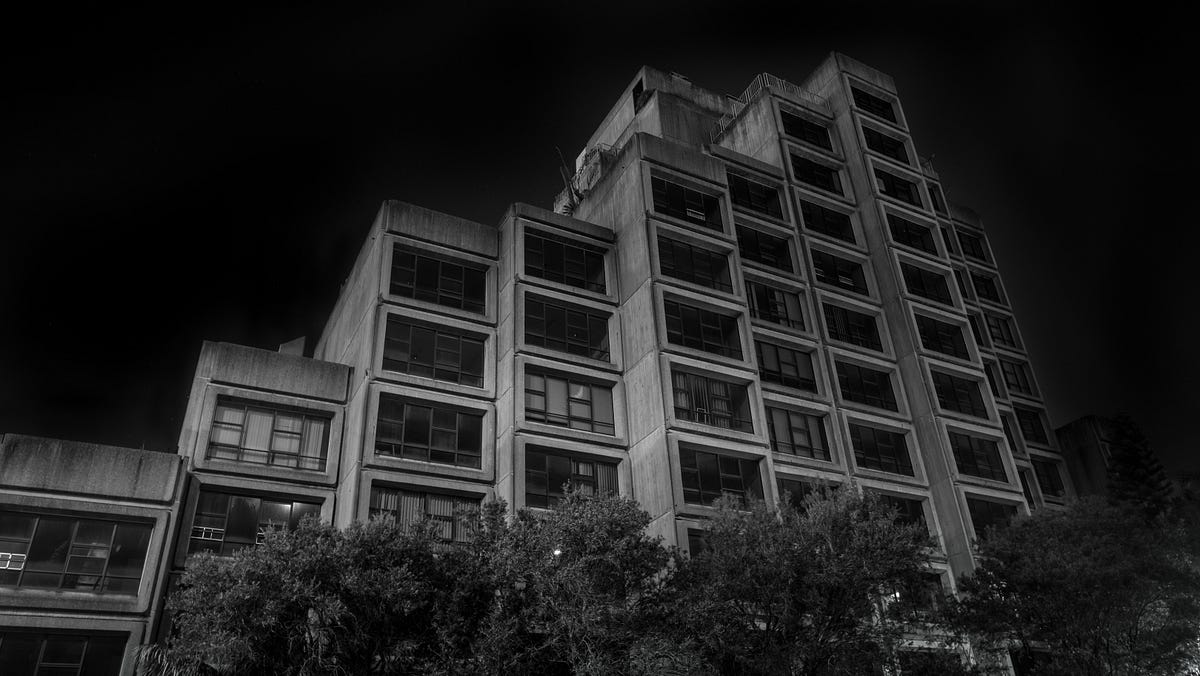
It Could All Have Been Avoided
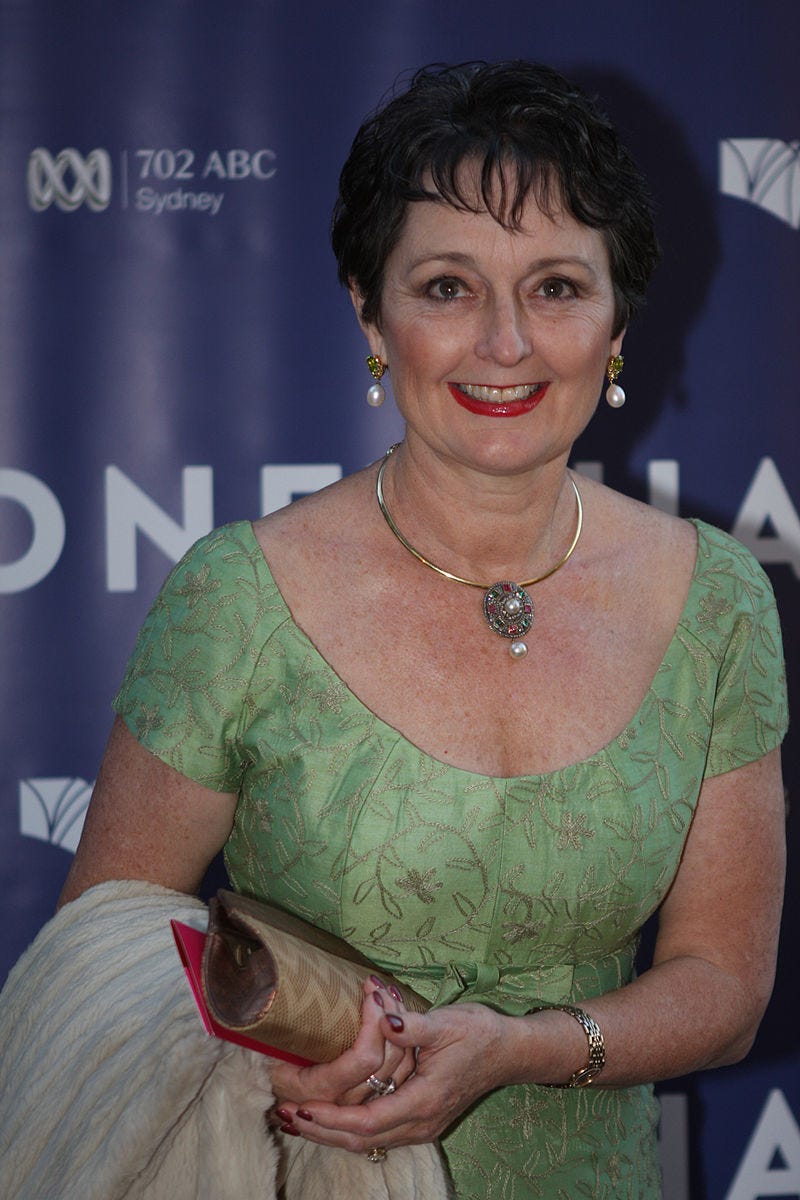
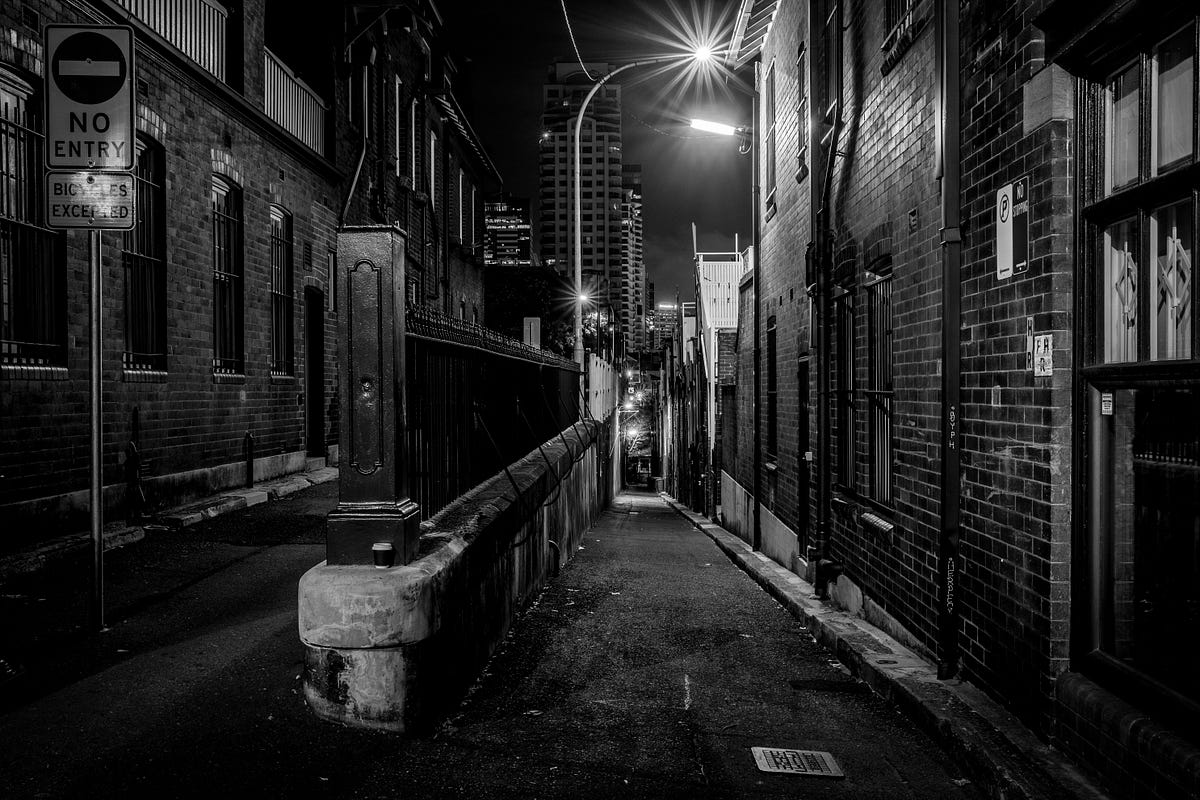
From overseas research uncovered in a standard literature search in their Social Impact Assessment, the NSW Government knew that resettling an elderly population, as at Millers Point, would lead to increased morbidity rates.
The NSW government ignored warnings that moving elderly residents from Millers Point would increase their risk of death, and an official report was altered to downplay the potentially deadly effect of the public housing sell-off.
Documents obtained by independent Sydney MP Alex Greenwich under freedom of information laws show warnings about an increased risk of death were either removed or altered in a social impact assessment, commissioned by the NSW Land and Housing Corporation.
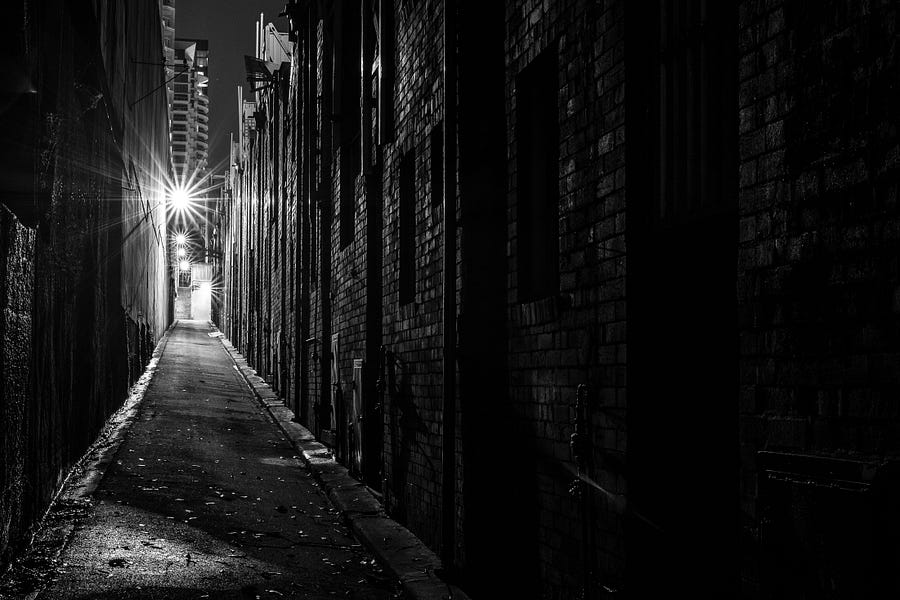
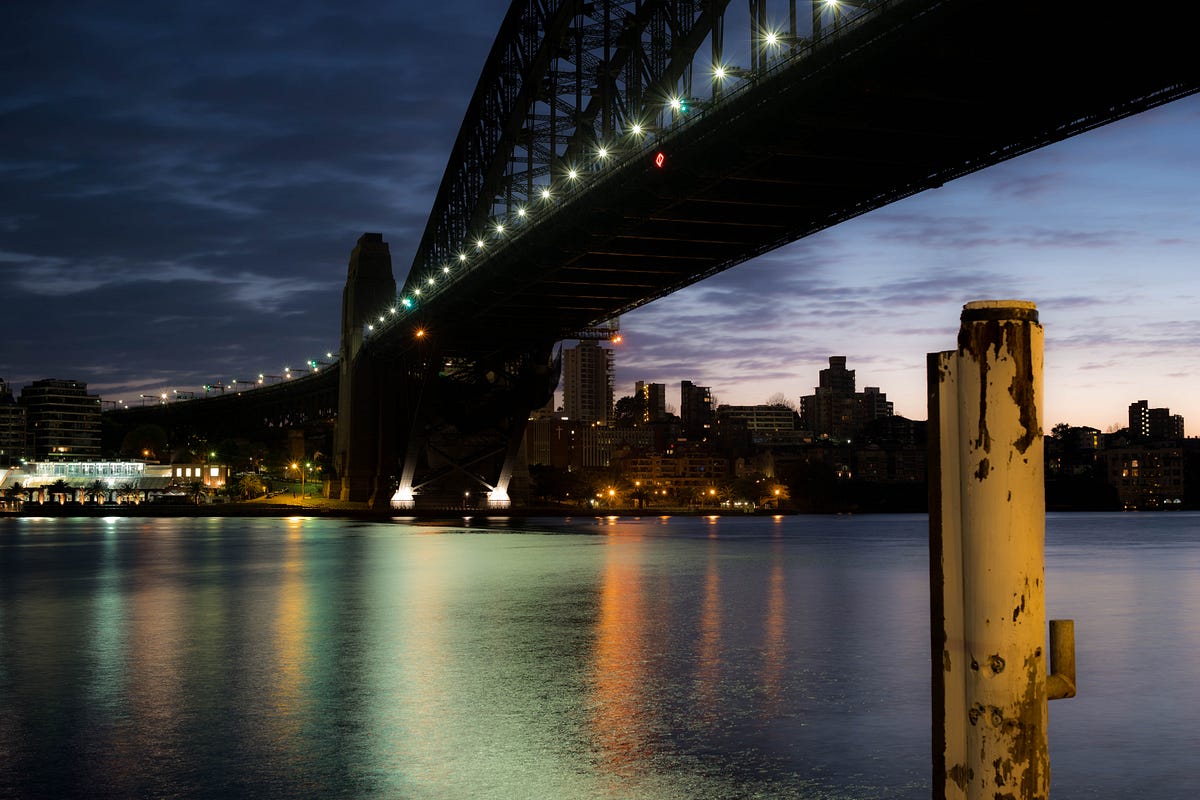
Housos with Million Dollar Views
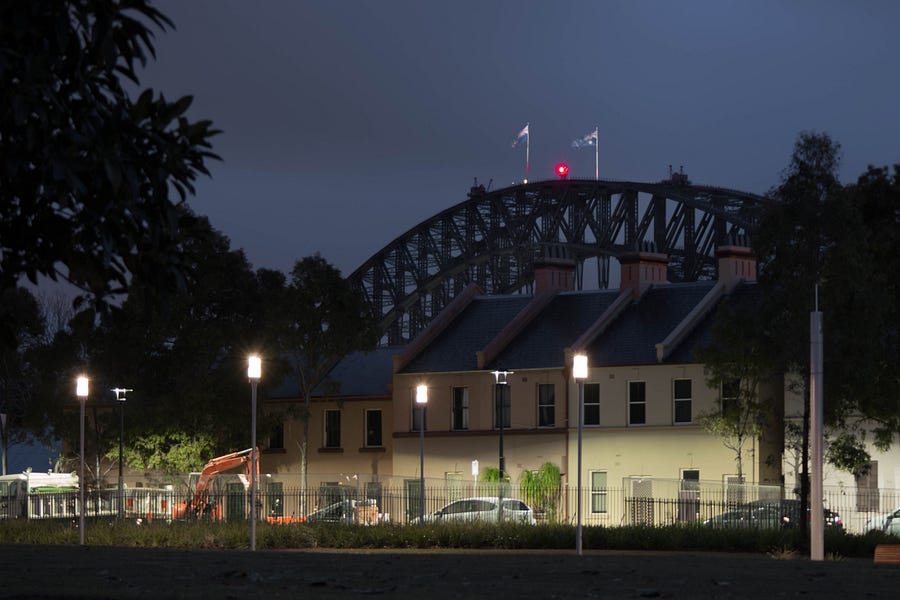
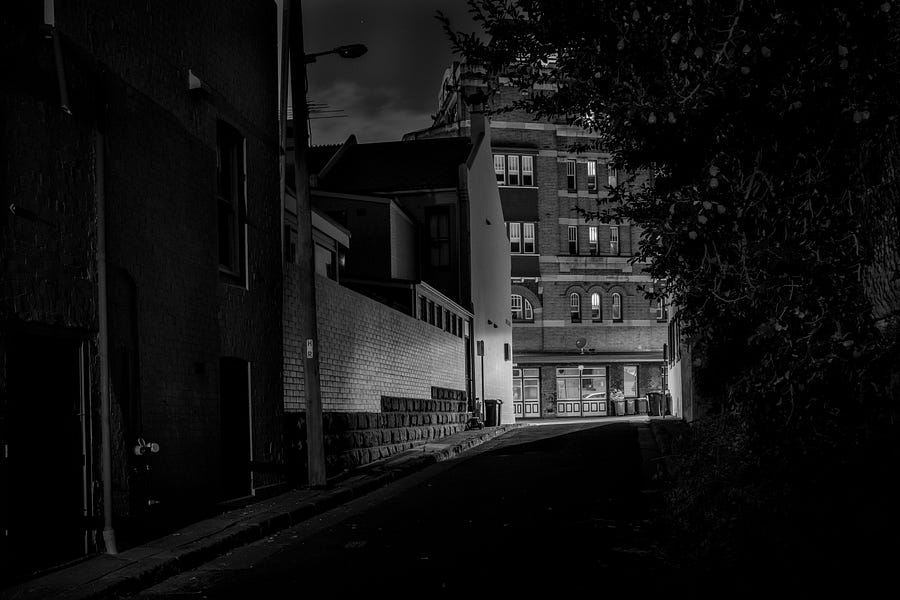
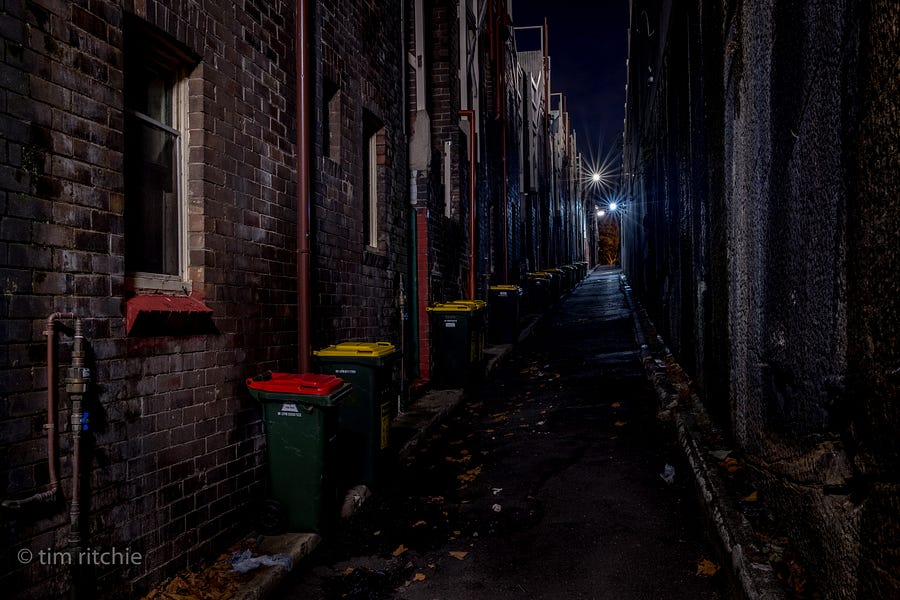
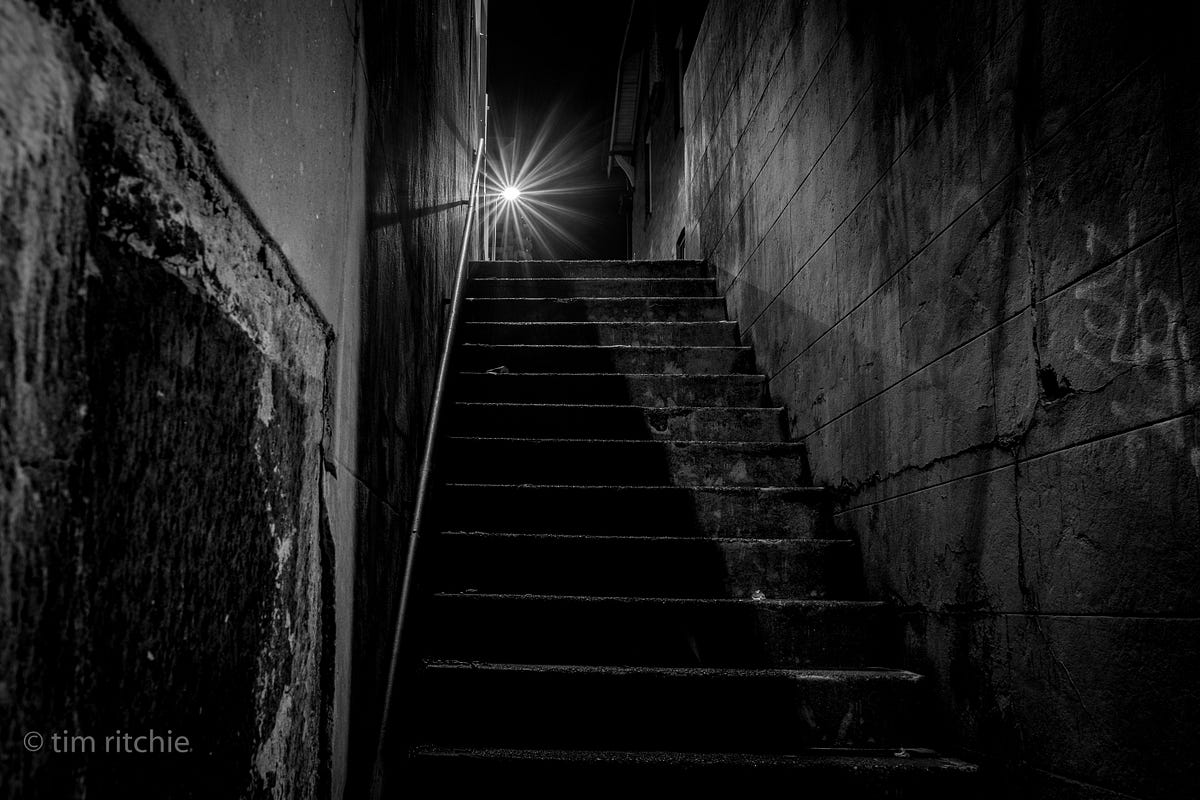
Manic Mansions
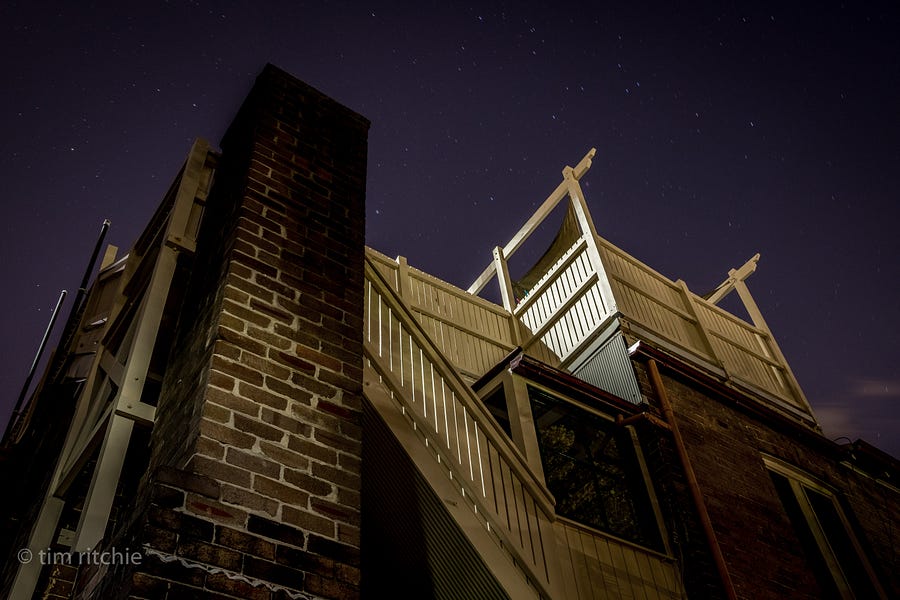
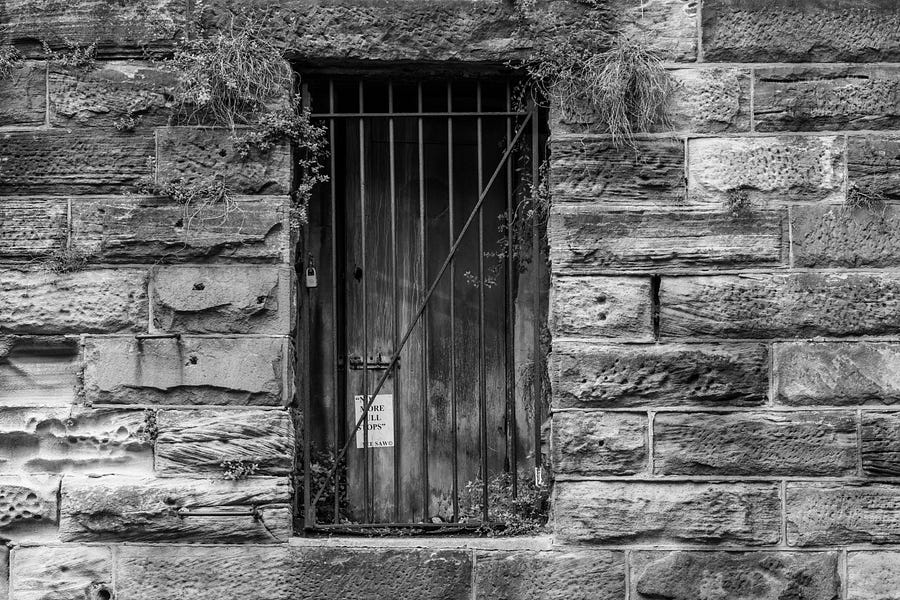
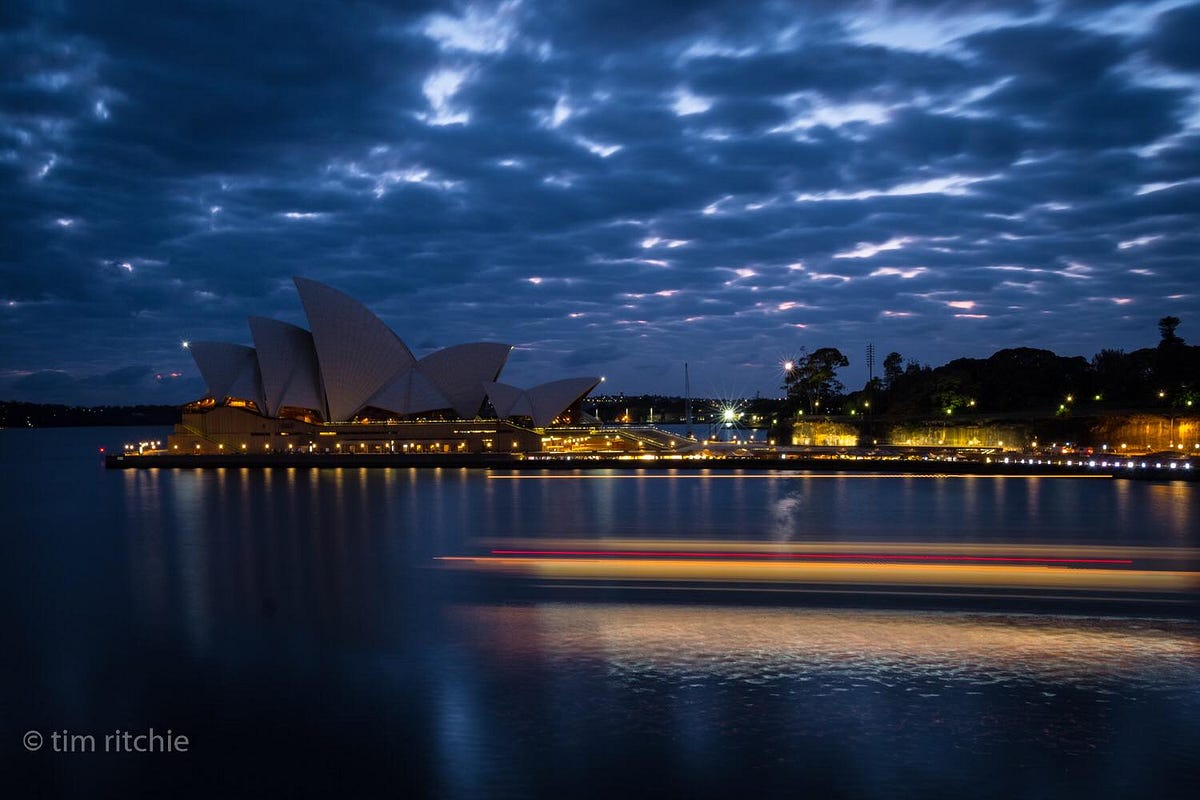
This is My Home
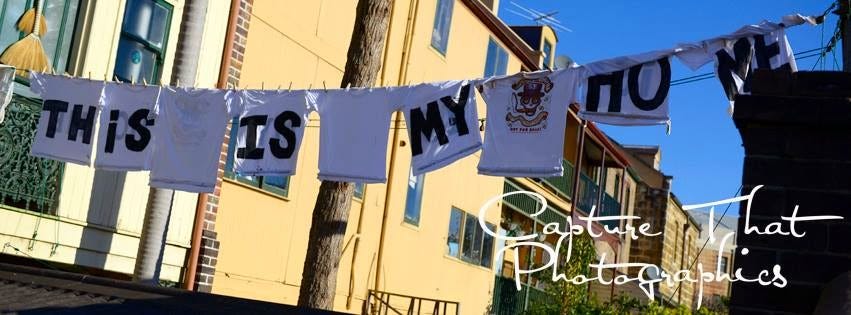
Denouement
